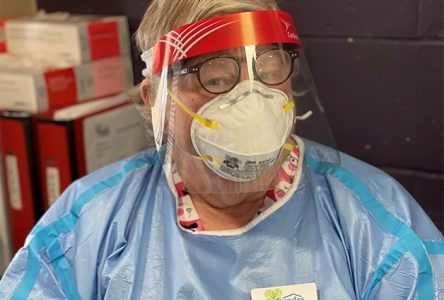CORNWALL, Ontario – Prime Minister Stephen Harper is in Lancaster Wednesday morning to tout new broadband connection initiatives supported by the Conservative party.
During a campaign stop at agricultural retailer Munro Agromart on County Road 34, Harper announced that a re-elected Conservative government would invest $200 million towards fiber-optic broadband infrastructure in rural and remote communities that lack high-speed internet, including Stormont-Dundas-South Glengarry.
“Fast, reliable internet today is essential to realize economic opportunity and to create jobs,” said Harper. “Right now, Canadians are selling products, managing relationships with customers and suppliers, and recruiting new employees, all online. So much business is now on the internet that small businesses with broadband access can take advantage of opportunities that once were only open to the ‘Big Guys.’”
Harper said the government connected nearly 220,000 Canadian households between 2009 and 2012. Through the 2014 Economic Action Plan, the Connecting Canadians program is looking to have an additional 350,000 rural homes with internet speeds of at least five megabytes per second by 2017.
South Glengarry Mayor Ian McLeod viewed the announcement’s location as a sign the Harper government hasn’t bypassed rural Ontario during the election campaign.
United Counties of SDG Warden Eric Duncan noted that South Glengarry is one of the first municipalities in rural Ontario to have broadband support before federal government funding was available.
“We’ve seen success here and it was kind of fitting and it was great to see it in our riding because, as part of the Eastern Ontario Regional Network, you’ve heard us talk a lot about that,” said Duncan. “The federal government has invested $55 million in eastern Ontario so when you talk about the numbers and see the success, we’re a perfect example of how we’ re better connected now because of that federal support.”
Duncan says the government’s continued commitment to fiber-optic infrastructure in rural areas is boosting a new phase of economic development. In contrast to a decade ago, when people looking to move to SDG would inquire about the nearest hospital, community centre or school.
“The first question they ask now is, ‘What’s your internet service like?’ and ‘What’s the cell service like?’” he said.



